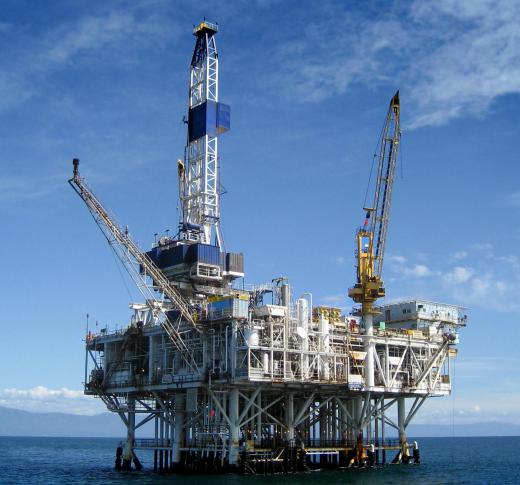The drilling industry is very large today as companies continue to search for fossil fuels found beneath the surface of the earth. In drilling, the rate of penetration, or ROP, is the speed at which the drill bit being used breaks the rock or sediment underneath it. The rate of penetration can also be referred to as simply the penetration rate or the drill rate. This rate is measured in either feet per minute, minutes per foot, or meters per hour, depending on how deep the borehole needs to be. It is important to know the drill rate so that companies can get an idea of how long a drilling project may take to complete.
Drilling is used for many different things. Industrial extraction companies typically use drilling processes to try to find oils, natural gases, or water. All around the world, drilling is taking place, on land or even offshore in the oceans. Drilling rigs used in these scenarios can vary in size, and the size of the rig is going to affect the rate of penetration. A small drill rig may be needed for precision, and it may not have a high rate of penetration whereas a larger drill rig is used for less detailed projects because it can work faster and drill deeper.

Since the world is very focused on finding fossil fuels as a way to power our societies, there have been many changes in the way drill rigs and techniques work. Older ways of drilling are getting phased out to make way for more modern techniques which include a faster rate of penetration. These new drill rigs can not only work faster and more efficiently, but they can also be less of a burden on the environment. Smaller rigs that are more powerful are preferred over having a larger model that takes up more space. This means more rigs can be used in one area that may be known to have different types of natural resources.
When companies begin a drilling project, they want to have an idea of what the rate of penetration is going to be. This will help them estimate how long a project will take and it will help them to keep to a schedule. With a higher drill rate, more drilling projects can be taken on. Knowing the drill rate will help a company run smoothly and efficiently, extracting as many natural resources as possible in the shortest amount of time.
